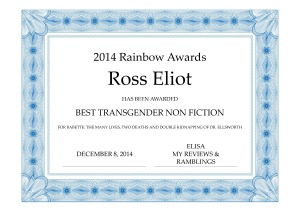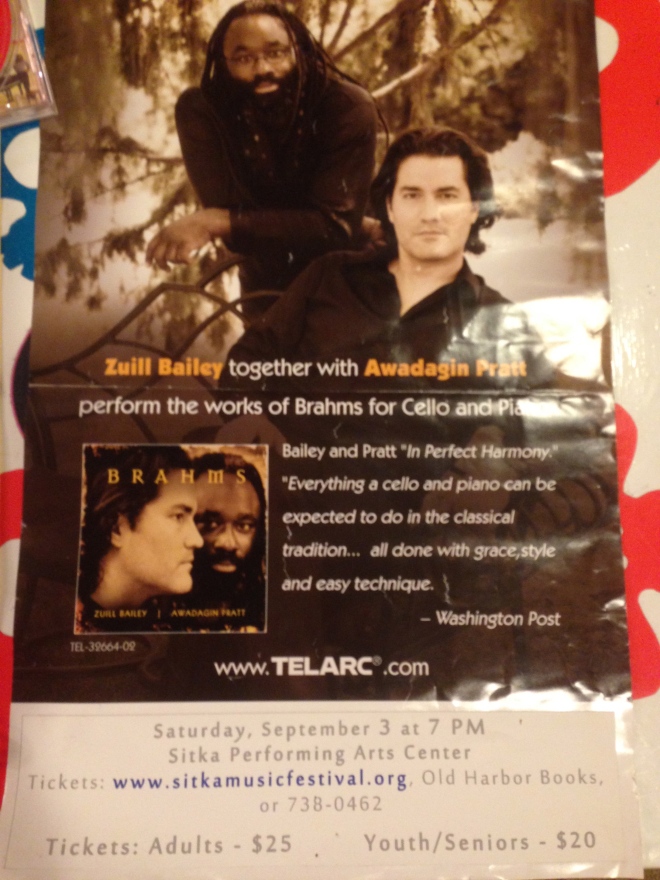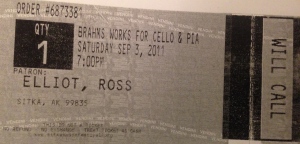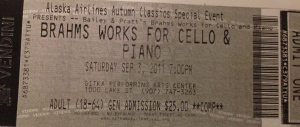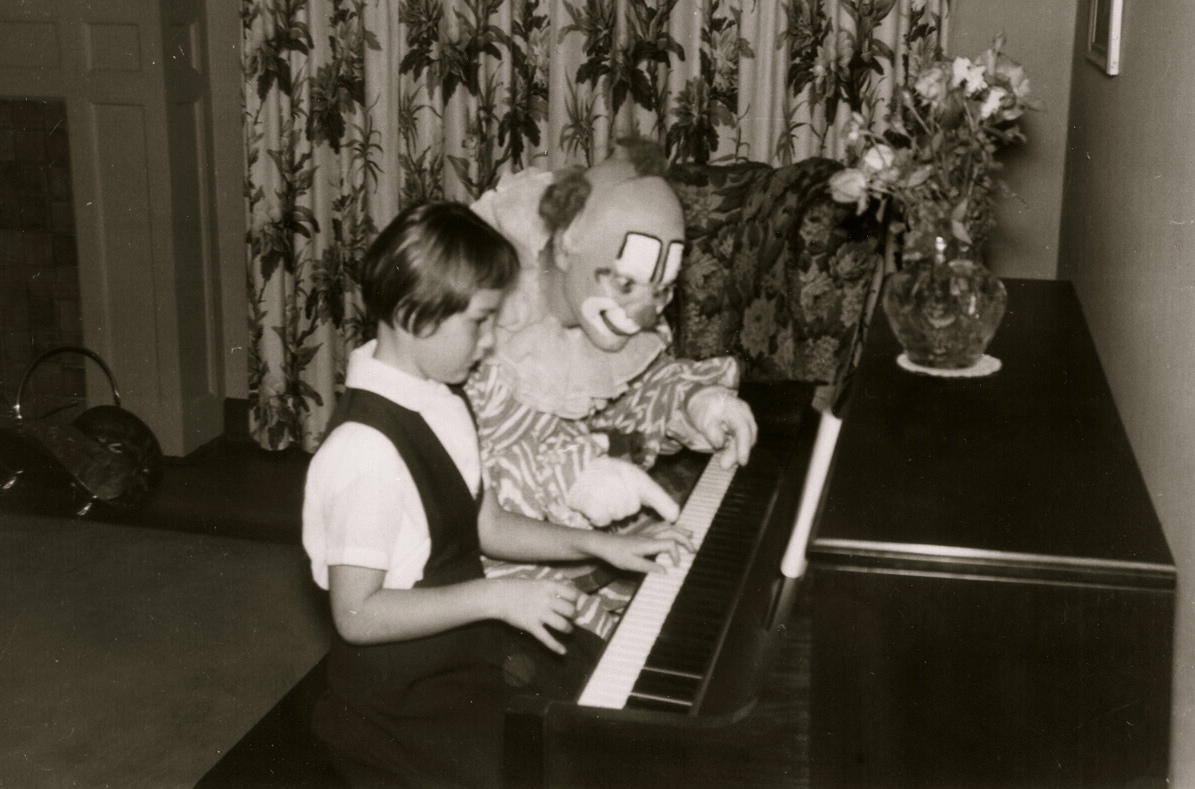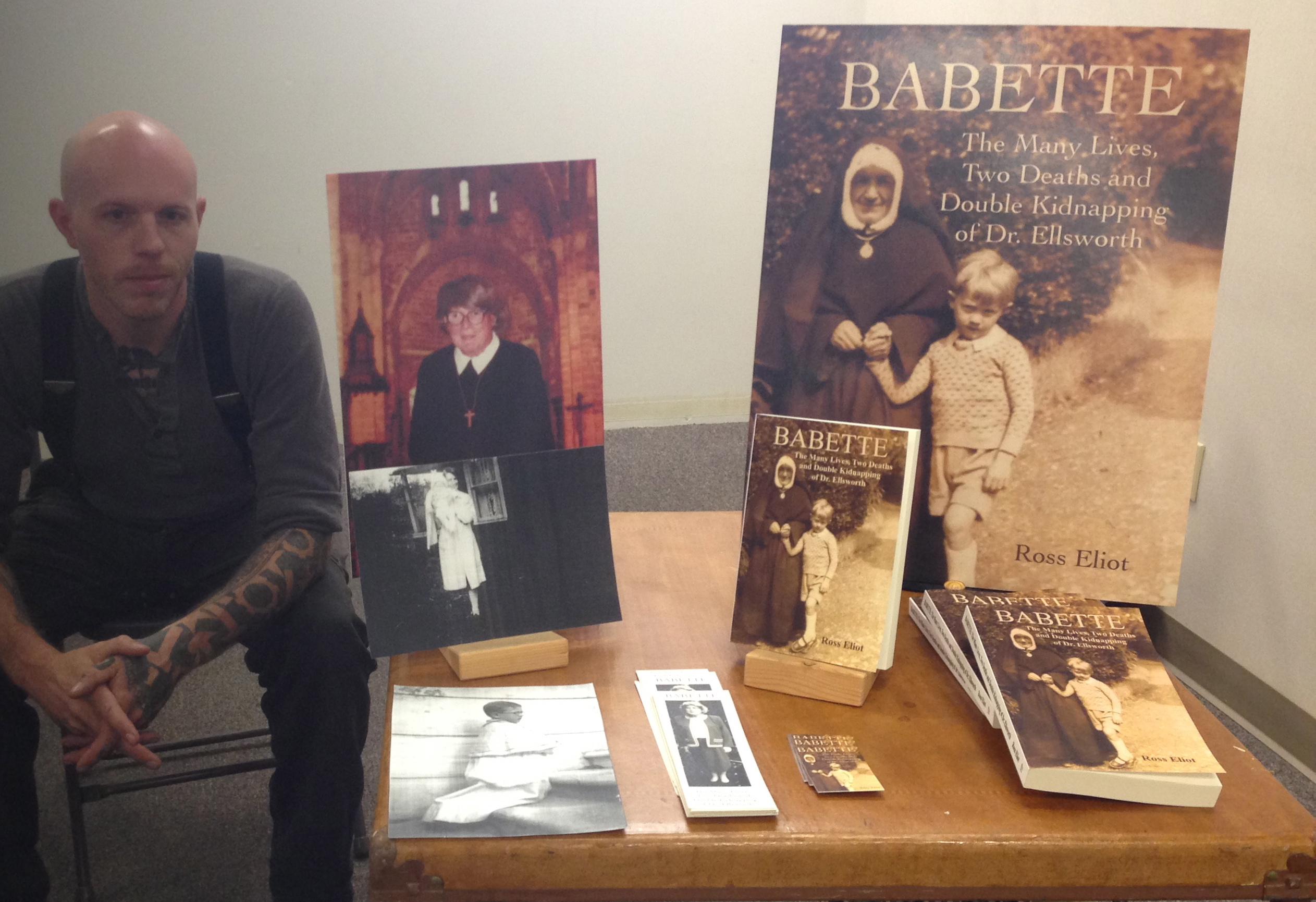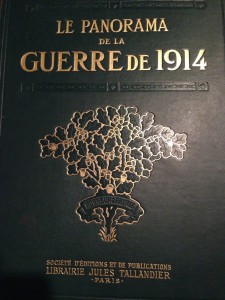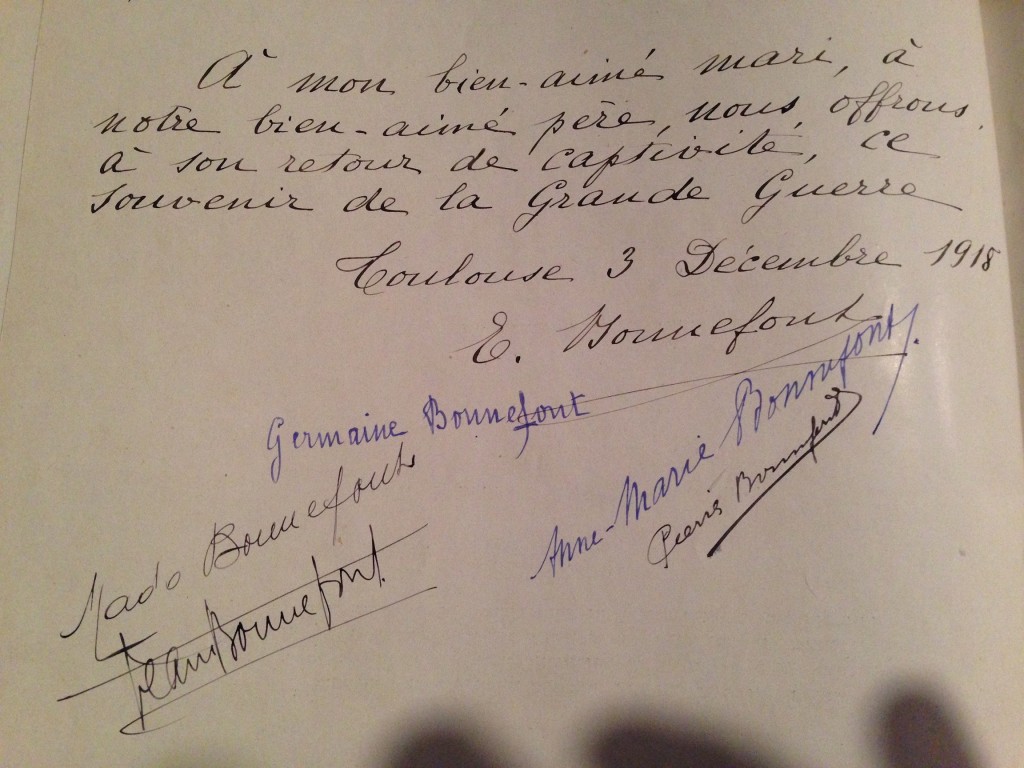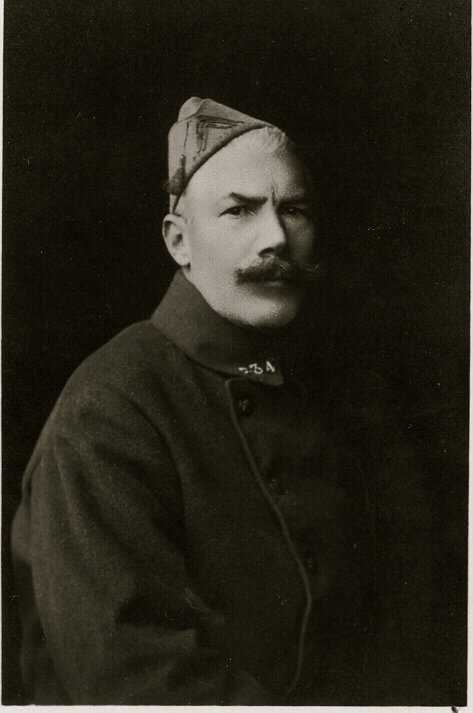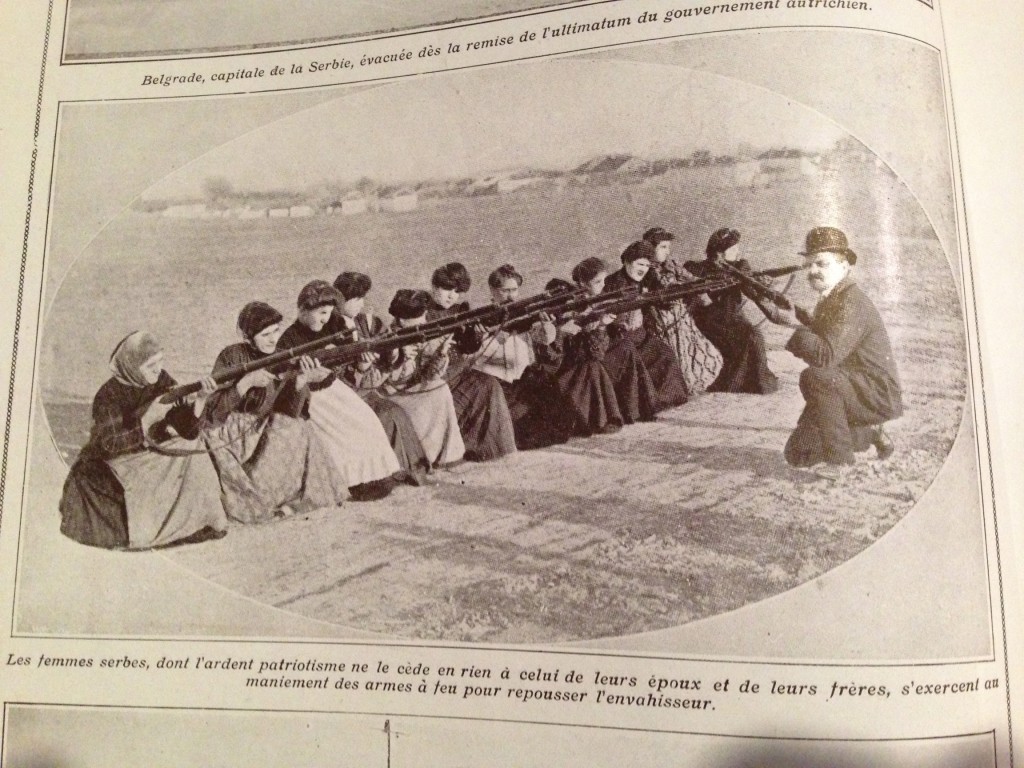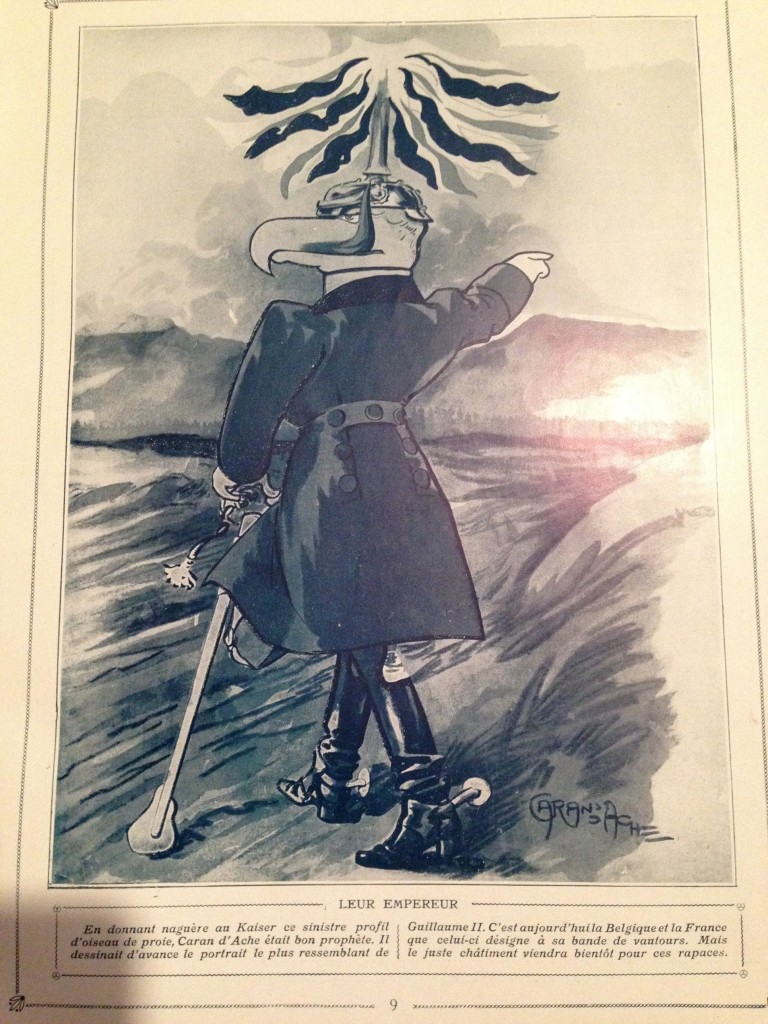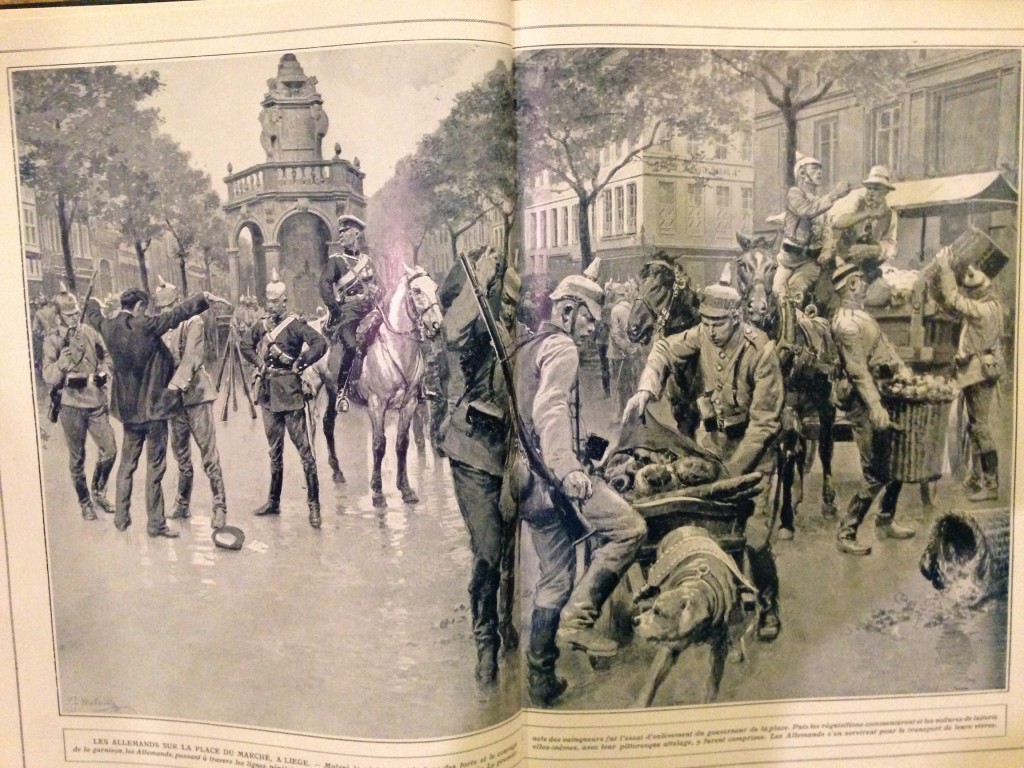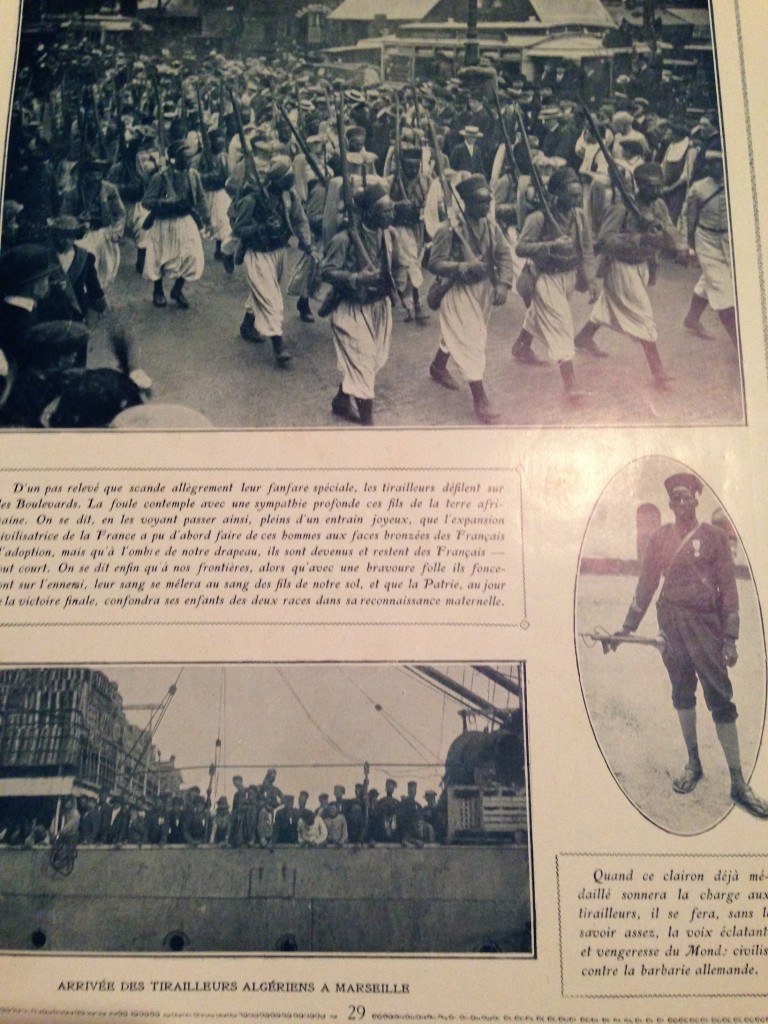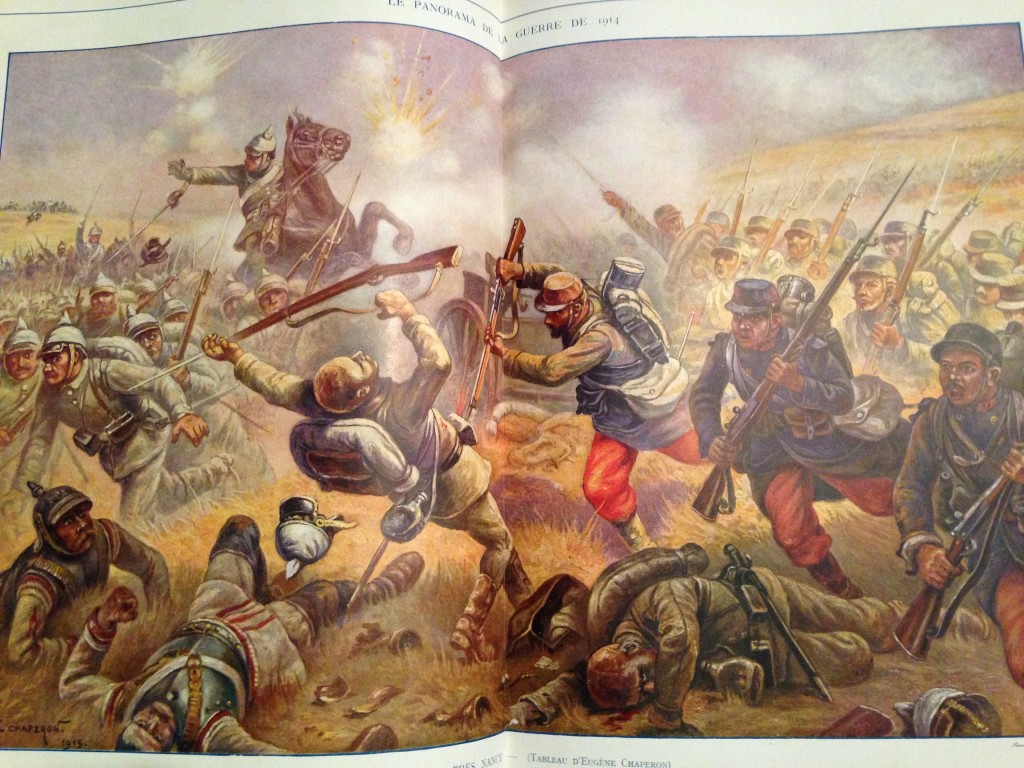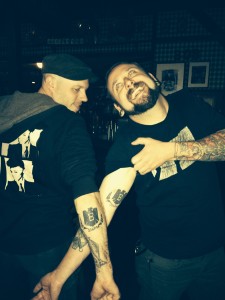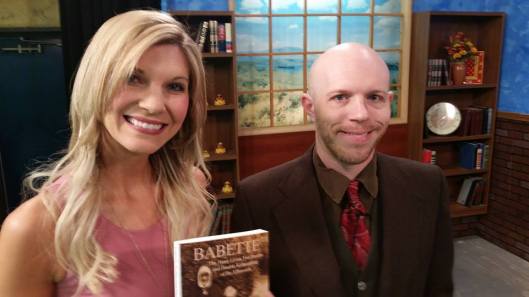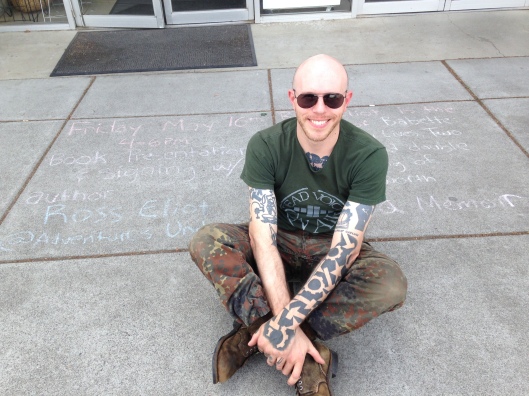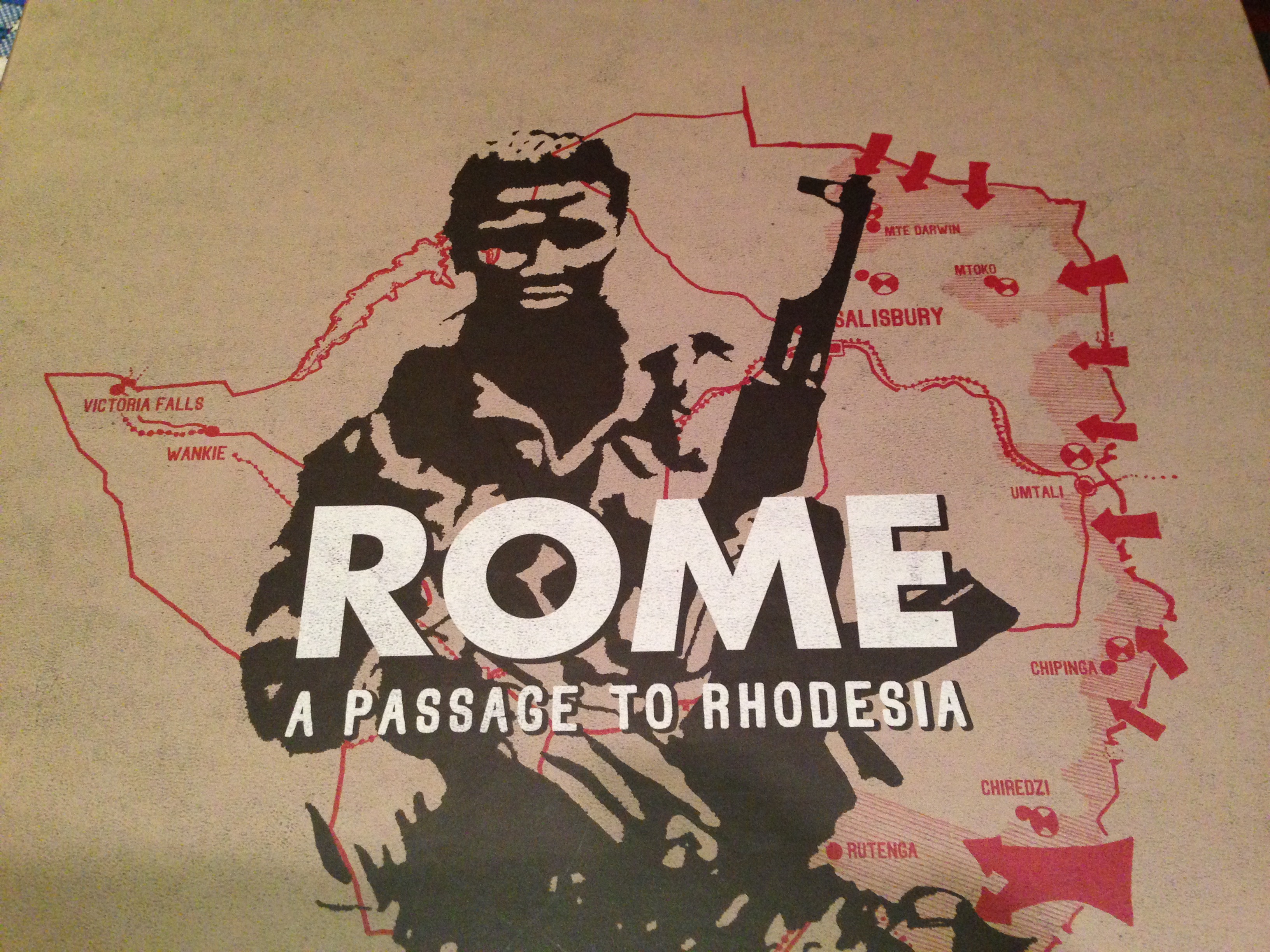
My website is not ordinarily used for record reviews, but after paying over $100 dollars for an album, I’d better have an opinion about it, and yes, this does involve Babette. First of all, this isn’t just a record. It’s a sensory explosion influenced by the bloody conflict surrounding Rhodesia’s 1964-79 transformation from white minority rule into what became the black majority controlled nation of Zimbabwe. A PASSAGE TO RHODESIA arrived in the mail with two CDs, a DVD, a hardback coffee table style book with pictures and lyrics, a 10” picture disc with two non-album tracks, two double sided posters, three reproduction vintage postcards plus one sticker and a unique metal medallion emblazoned with the seal of Rhodesia. The only missing thematic element might be scratch-and-sniffs that reek like AK-47 gun oil or a pack of mangy hyenas.
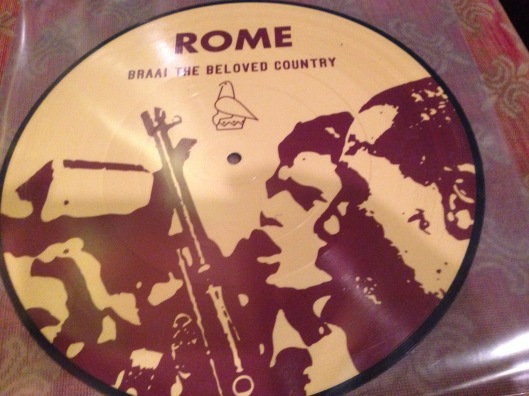
Barraged by all this paraphernalia, listening to the music almost seems like an afterthought. Because Jerome Reuter, the highly prolific musician behind ROME, has gone through many shifts since the first release in 2006, I wasn’t sure what to expect, from deathfolk electronics in earlier works to the more acoustic direction later, or even his discordant, personally angst ridden turn on the last full length release, HELL MONEY in 2012.

The first track, “Electrocuting an Elephant” provides several minutes of dark ambient atmosphere. No real variation there, as ROME albums usually open using similar material, often accompanied by sampled vocals to set a mood. What surprised me immediately afterward, however, was “Ballad of the Red Flame Lilly,” a rhythm heavy song that is probably the best dancefloor selection since “A Legacy of Unrest” off 2009’s FLOWERS FROM EXILE. High praise. Next up is “One Fire”, an even more brilliant stompy track, but afterward the discotheque closes down. The remaining songs are more sparse, similar in style to ROME’s first installment of DIE ÆSTHETIK DER HERRSCHAFTSFREIHEIT (A CROSS OF WHEAT) the triple album from 2012. With minimal acoustic hooks and tinkling piano keys, the later songs on RHODESIA hang together, memorializing the trauma of an unbalanced social order disintegrating.

One of Jerome Reuter’s greatest talents is combining insightful lyrics alongside sometimes awkward rhymes, but woven amidst melodies that make the listener turn away cynical ears. Consider, for instance, these lines from “A Country Denied”: This is no time for amnesia / And what glue could hold us together now / If not the soil of Rhodesia? It barely works on paper, but by the time Reuter sings: Now we’re sleeping in circles / On the stones of Silverstream / Under nectar-weeping trees / Through blood-curdling screams, I’m bound hand and feet under the spell of his guitar and deep, Luxembourg-accented voice.

Despite being focused around a particular historical event, as so many ROME albums are, A PASSAGE TO RHODESIA is quite non-specific lyrically. As my roommate Däv Oh, a fan of the band, pointed out following his first listen. “It’s kinda just, blah, blah, blah, Rhodesia…et cetera.” That’s a fair criticism. Besides various words that could be associated with Africa in general, such as mentioning leopards, crocodiles and jungles, the only difference between ROME songs about the Rhodesian Bush War and those off five previous albums inspired by the Spanish Civil War, is that here the word “Rhodesia” appears quite often. It is sometimes metaphoric, but never in ways that would preclude a real change in meaning had “Catalonia” been substituted and the song added to NOS CHANTS PERDUS from 2010.

But, here’s the difference. NOS CHANTS PERDUS is only one of five albums about the Spanish Civil War and almost nowhere among them occurs any specific mention tying songs to the actual conflict. The sole exception is A CROSS OF FLOWERS, from the final series of DIE ÆSTHETIK DER HERRSCHAFTSFREIHEIT, which contains: ich verblute in Spaniens Sand (I bleed in Spanish sand) but only stacked between twelve other lines mentioning geographic regions outside of Spain.
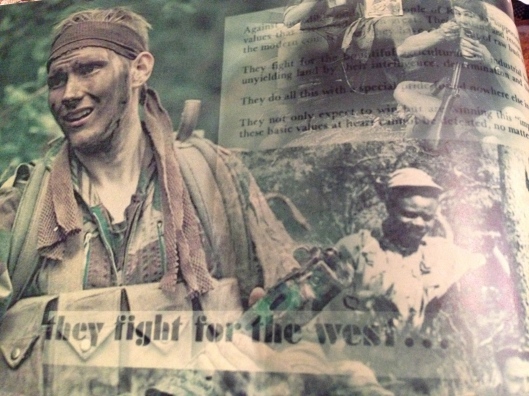
What Jerome Reuter succeeds at is glorious ambiguity within a masculine shaped universe. His songs speak to the tragedy of men at war– they question their cause, wish only for a quiet night of sleep, yet keep trudging, bloodshot eyes fixed ever forward. One could easily imagine old veterans from all sides of the Spanish and Rhodesian wars shedding tears at such poetry as: And we walk in stray shafts of light / To the pyre glade / The plea is still in your eyes / What a fine father you would have made, from “The Pyre Glade” off A CROSS OF WHEAT, just as much as: But we were fighting on the wrong side of a loosing war / And time has made orphans of us all / Has made cripples of us all, from “A Lullaby for Georgie” off A PASSAGE TO RHODESIA. The music on this record simply conveys raw nostalgia and regret. Reuter doesn’t want to pick sides and moralize. The closest he comes is through a photograph reproduced in the lyric book. It shows a white soldier’s arm tattoo with a cheerful cartoon elephant and the text: “RHODESIA is super.” One of the included posters slyly reworks it, now reading: “To some, RHODESIA was super.”
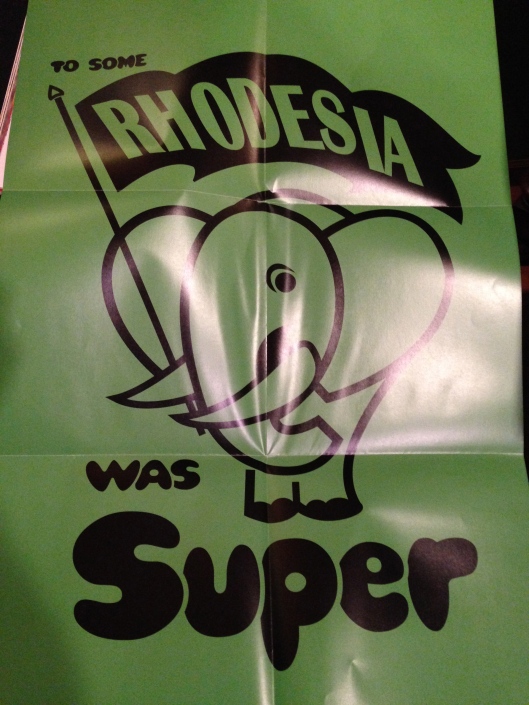
This sentiment reminds me of Babette’s perceptions, as someone who fondly remembered WWII-era Europe being the best time of her life. Indeed, much like Rhodesia’s past can be selectively recalled by European-Africans, my professor looked back on her youth in Vichy France as a grand time for idealistic individuals from around the world to join forces against the British Empire and Stalinism. Yet even Babette could sympathize with other sides in these conflicts, as her later associations with East German communists indicated. I suspect she might have appreciated A PASSAGE TO RHODESIA. In all these swirls of gray, sometimes the only thing that rings true is the timbre of Jerome Reuter’s guitar.



